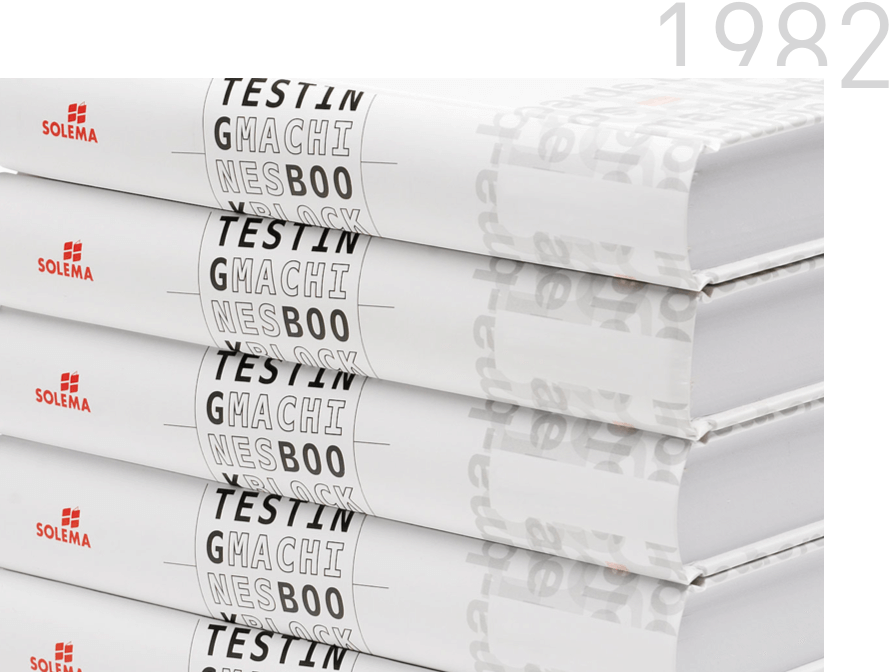
Transporting books within bookbinding departments.
This, in a nutshell, was our raison d'être right from the start. Along with a full range of "transport" devices in the strictest sense of the word - conveyors and curves - even the first machines were starting to be designed. Beginning with the FastBook book block feeder, our calling card throughout the world.
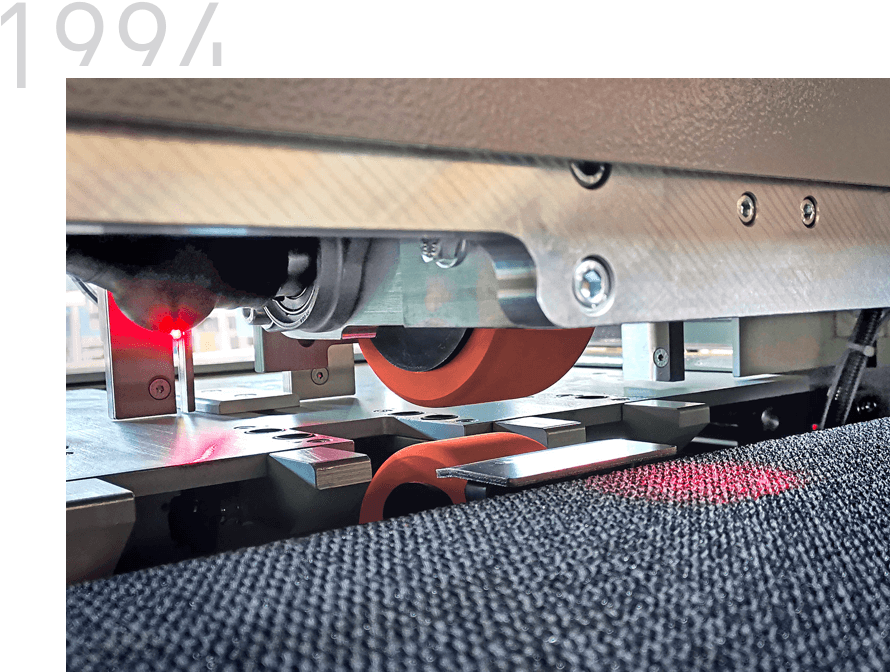
The first project for FastBook, our book block feeder, dates back to 1994.
In binderies, machines were in fact often loaded by hand, with operators spending their entire shift inserting book blocks into the relative station. Why not automate the process? We needed to design a machine that was able to handle semi- finished books in different formats and which was flexible enough to be able to work with all types of perfect binders.
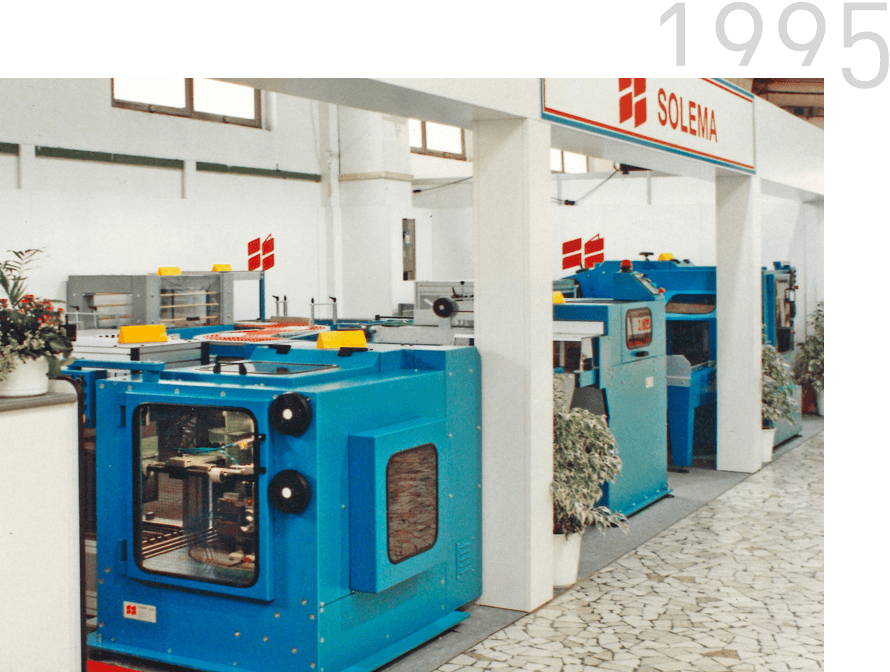
"Druck und papier", Drupa, Düsseldorf.
For us, being at Drupa has never been a point of question. So, while 1990 was the year we made our first appearance with a partner, "in cohabitation" so to speak, 1995 was the year we decided we wanted to stand out.
All of our increasingly sophisticated machines each made their appearance, edition after edition, at the German showcase.
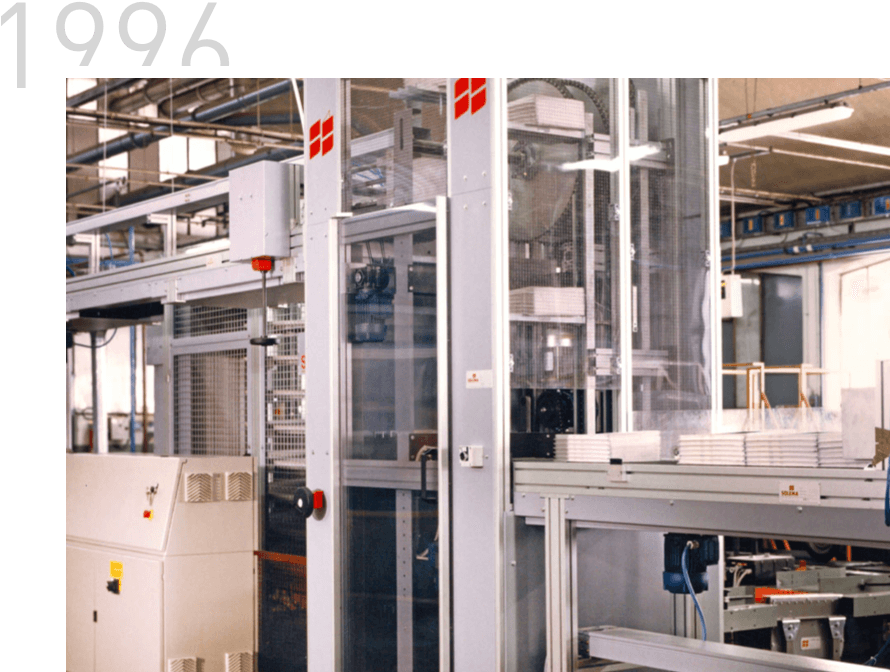
Our history is not just about industrial machine designs. It is also about innovative ideas.
So, in 1996, our designers materialised a concept... the simplicity of which was disarming: 'How can we ensure utmost freedom of movement for the forklifts in the bookbinding department?' 'Easy, by moving the transport system up to a height of 4 metres. A bit like an overpass on highways.' Saturno and Shuttle were the two machines that brought the book piles up high, onto the overhead conveyors.
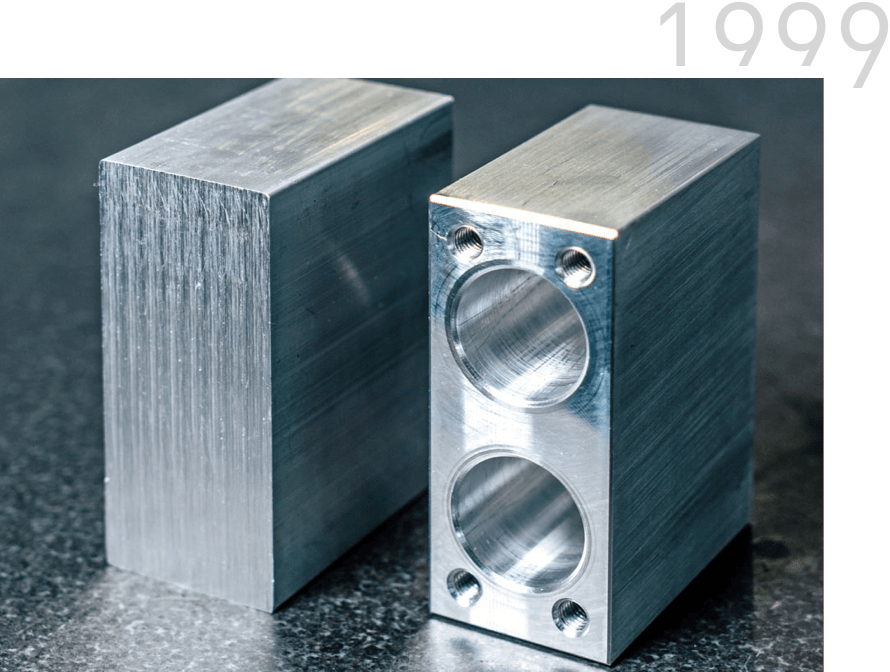
Our production premise
The desire to identify a properly structured location dedicated entirely to production, was becoming increasingly felt and more and more pressing. In 1999, we resolved it in Torre de' Roveri, setting up our own production department. If we can call ourselves a "reactive company" today, it is no doubt also due to this moment in our history when we became independent for the production of components in iron, aluminium and PVC.
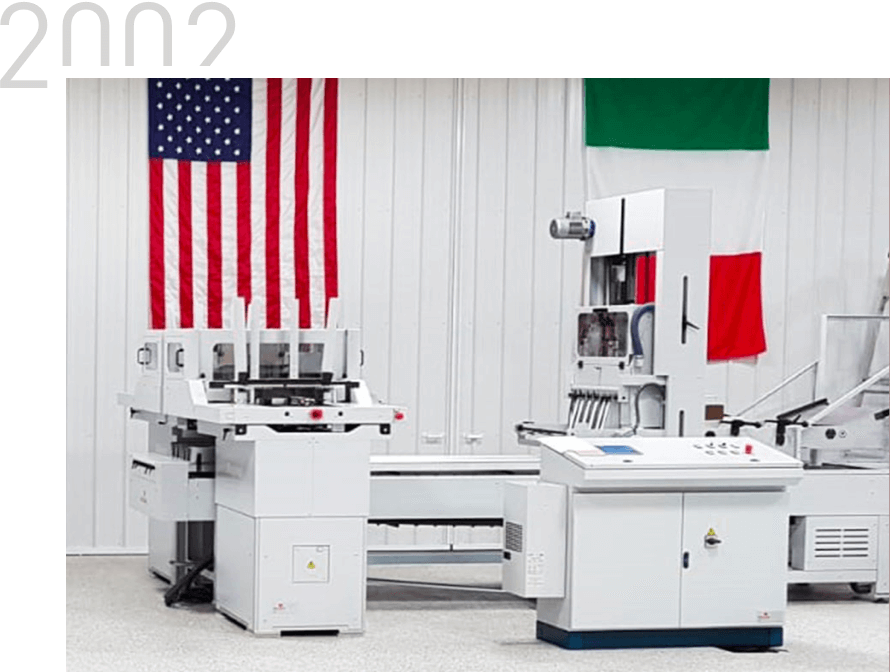
Solema USA
Our market, which was still in its infancy, was showing interesting margins for expansion, in both Europe and North America. These were the premises that led to the opening, in January 2002, of Solema USA, an operation propitiated by the successful collaboration with Mr. C. Scott Ellis, a then- profound connoisseur of the North American Graphic Arts market.
The overseas support quickly proved invaluable both as selling and service point and, later, as showroom.
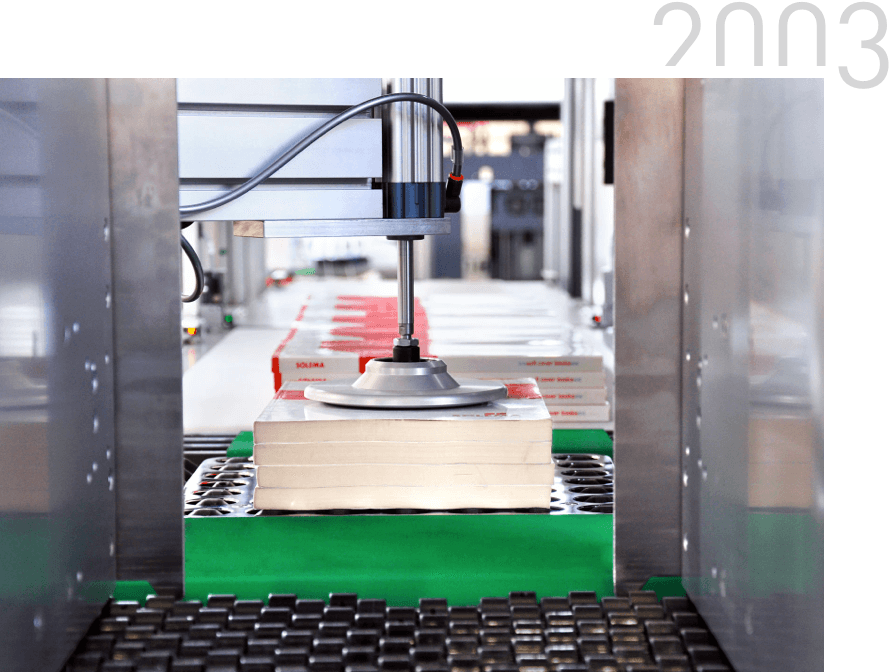
The Pluton
One of the traits characterising our way of designing machinery was our utmost attention, right from the outset, to compactness, to containing the overall dimensions by limiting them to what was strictly necessary. And Pluton's compact size was no doubt one of the trump cards of this palletizer. Its remarkable flexibility of use combined with delicate product handling mechanisms has ensured its success over the years, to the point where Pluton has become the Solema machine par excellence.
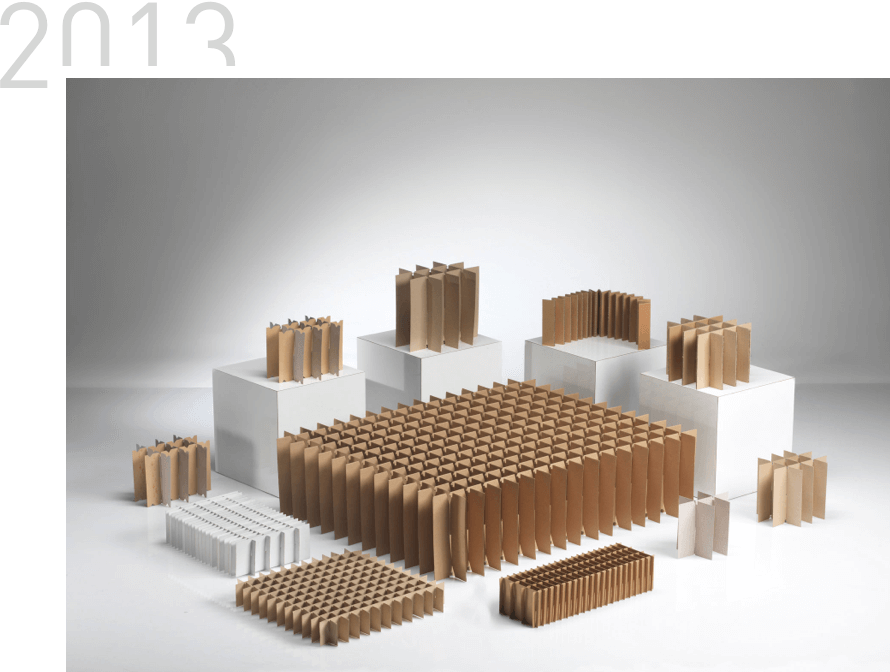
The Converting machines
Around 2010, bookbinding automation companies sought to expand their technological portfolio to also include solutions for the packaging sector.
We, in 2013, expanded our offer to include some of the most efficient paperboard processing machines, "inheriting", so to say, well-established projects.
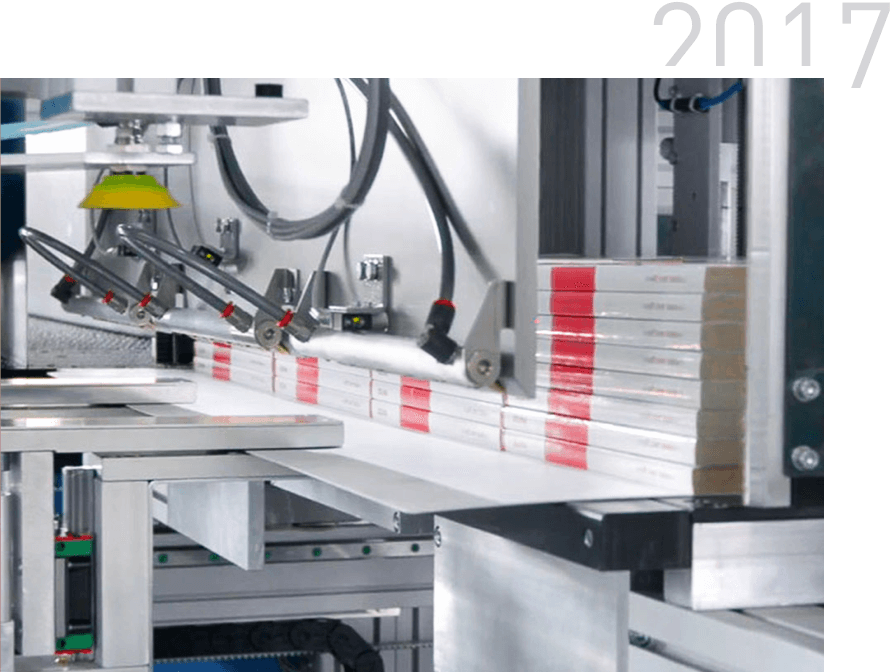
Packaging Line
The Packaging Line is a production philosophy dedicated to binding environments, which could not have come about in any other context. The underlying idea is that all finishing processes involved in packaging books should be moved to a second step, after their actual production.
It was no longer a question of machines, therefore, but rather how to use them in an entirely new way.
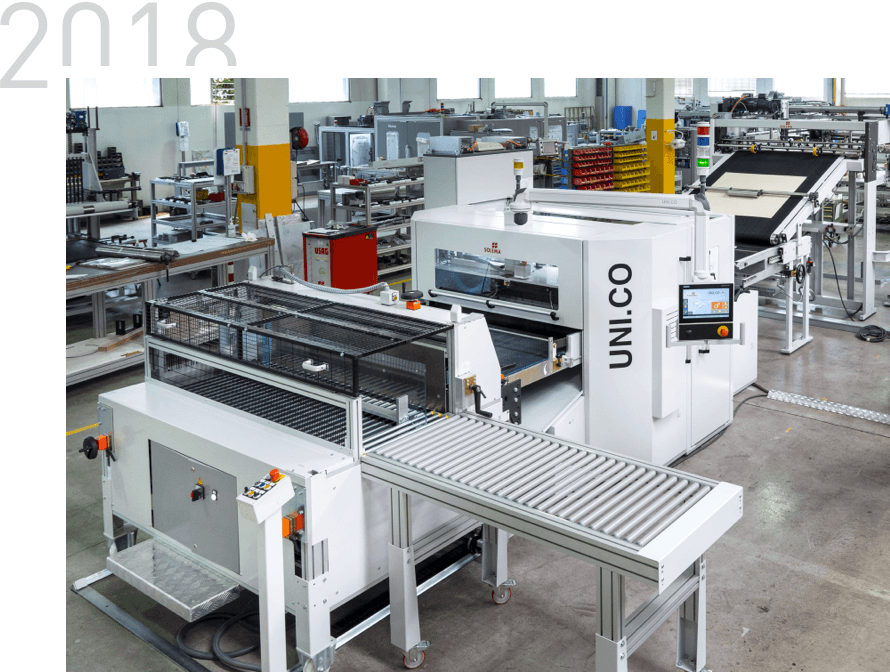
Uni.Co - the modular cutting system
In hindsight, all of our design work over the years can be interpreted in terms of modularity, which in one way or another has always been a latent feature of our products; what were conveyors and curves if not "modules" in customised layouts?
In 2018, we built upon this design approach to connect with Uni.Co, a composable or "modular" machine dedicated to cutting and punching paperboard.
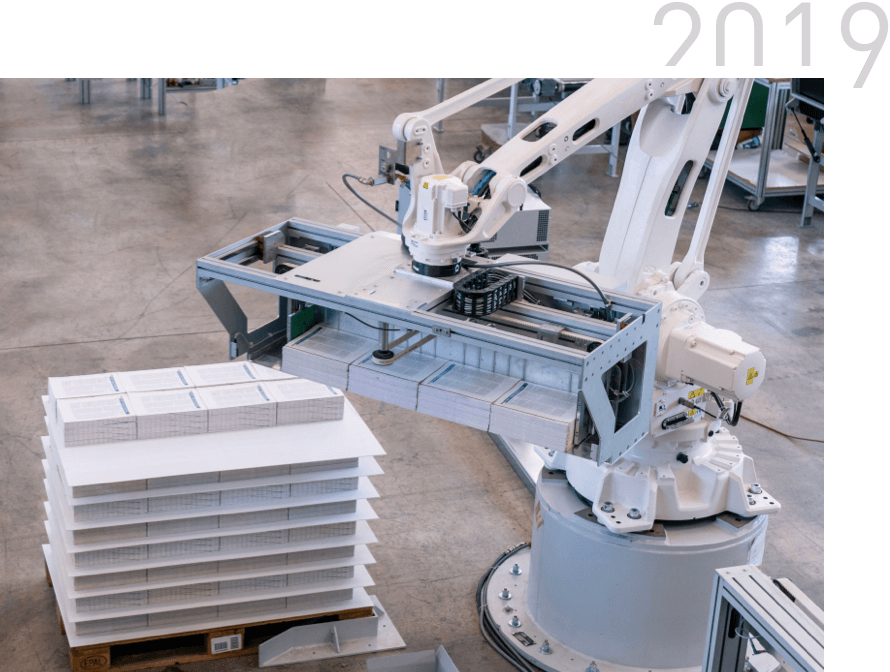
Tools for robotic arms
Our latest strategic choice in chronological order dates back to 2019: the integration of robotic technology into our products. We were therefore able to develop products in parallel to the existing range, and thus offer the two alternatives.
For example, for the depalletizing of book pallets we had Venus, designed to work processing layers, while Alpha681 is its robotic counterpart.
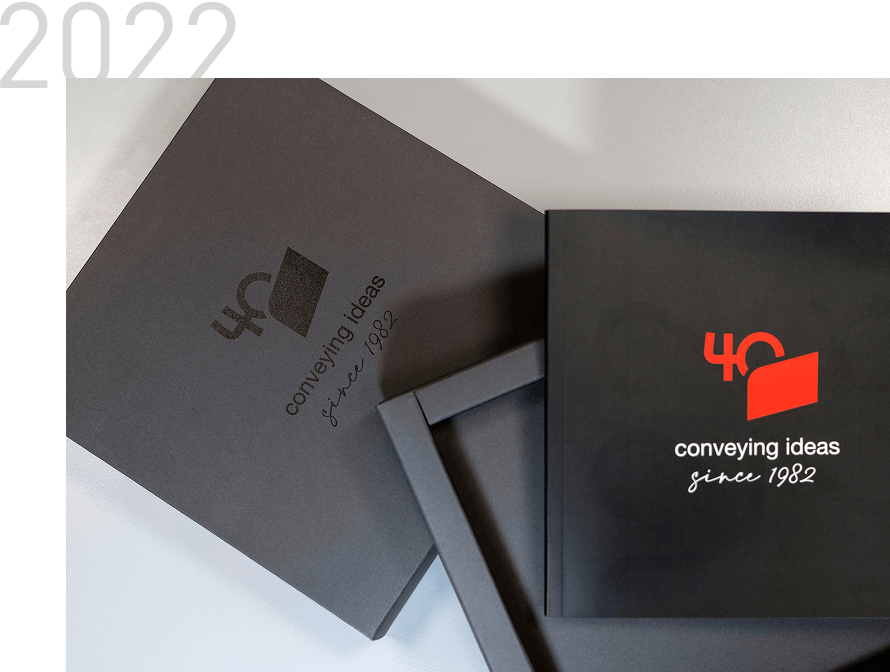
Forty years of conveying ideas
2022 has been a milestone among all milestones.
Forty years of being ready to seize every opportunity.
Forty years of market presence, inspiring and sharing creativity.
Forty years of shaping automation solutions.
Forty years of conveying ideas.
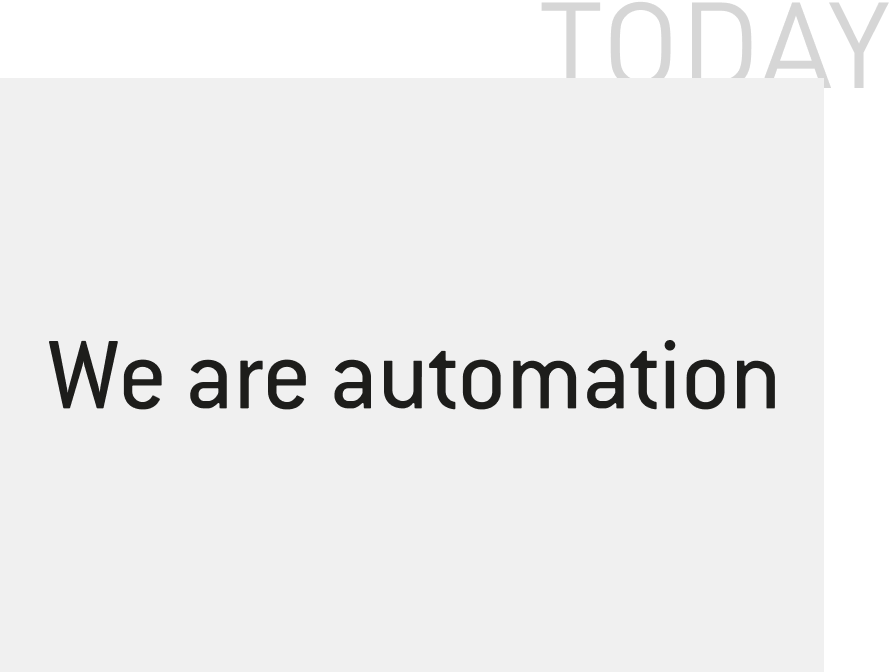
We are automation
Today, as a global leader in automation for the graphicart and paperboard industries, we continue to push the boundaries of technology, shaping the future with cutting-edge, innovative, and sustainable solutions. Our commitment to excellence and continuous improvement ensures that we not only meet the challenges of today but also anticipate the needs of tomorrow, driving progress and efficiency across industries worldwide.